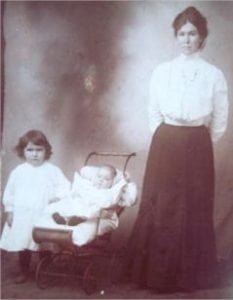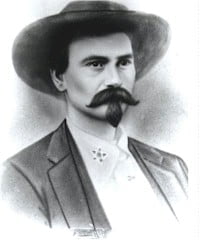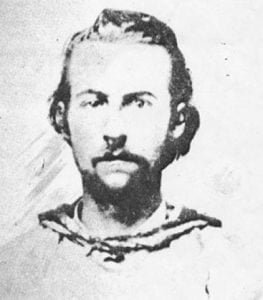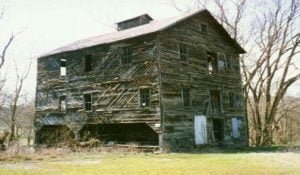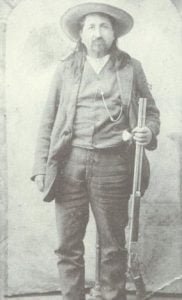1924 Bloomfield Seminary Student List
In the fall of 1847, John Harpole Carr was appointed him to superintend the construction of buildings known afterward as “Bloomfield Academy,” in the Choctaw Nation. He was afterward appointed superintendent of the school. This establishment of the first missionary boarding school for girls among the Chickasaws. The Board contributed one third and the Nation two thirds of all the money used for the current expenses of the school. There never was any average attendance calculated for we always kept our number filled, whether it was twenty-five, thirty-five, forty-five or sixty. Whenever there was a vacancy through sickness or any … Read more

